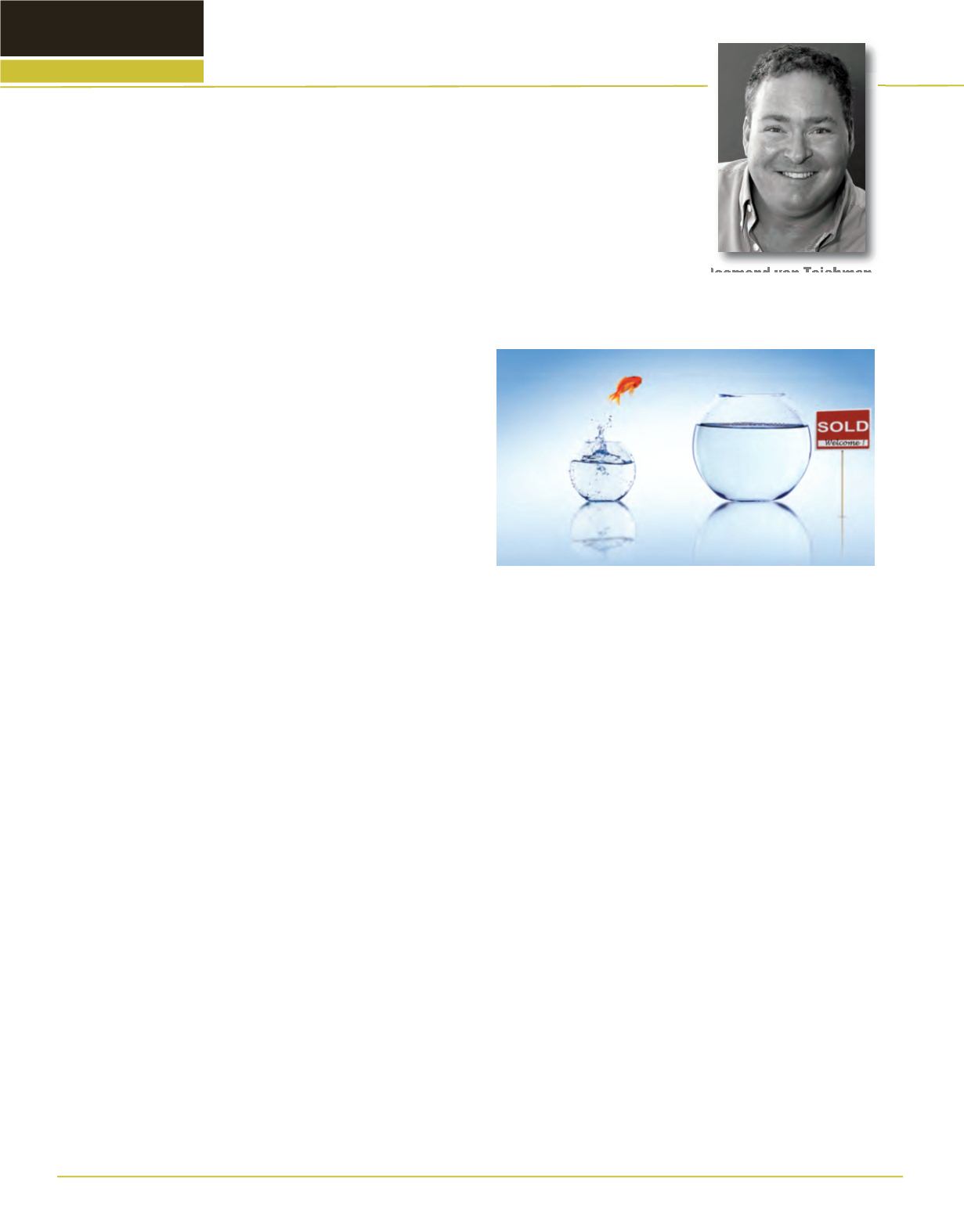
107
|
Economic development is a hot-button issue in the area these days. Traditional economic
models of towns built around industries just aren’t as prevalent in our area as they once
were. In addition to the Land Forces TrainingCentre,Meaford used to have variety of
manufacturing concerns providing employment. InCollingwood, therewere the Shipyards,
Goodyear and others providing steady employment. All around our area, communities
grew and thrived around these economic vehicles, the countrysidewas the stable haven
of the family farm, and then therewas a bit of tourism for goodmeasure.
Theonlyconstant in life ischange...
Plants closeas small-townmanufacturing succumbs to thepressureof
globalization,andcan’tmake itanymore. Largeagribusinessputssub-
stantial and sustained pressure on margins making it harder and
harder tomake the family farm sustainable.We can lament change,
butwecan’t stop it. Changedidn’t killourarea.Ourarea isadapting
to new realities. Communities havea role inmanaging that change,
and trying todevelop,economically, intonewandsustainableentities.
Real estateneeds tochangewith it.
Inour rural areas, youcan still drivearoundand see traditional cash-
crops, fruit,and livestock farms. Increasingly thoughweareseeing in-
dustriousagriculturalentrepreneurschanging thingsup.Wehaveseen
a transition fromhigh-volume low-margin farming to“boutique farms”,
alternative crops, organics anddirect –to-market solutions that em-
bracechange. Growingnon-traditional cropssuchashops isoneex-
ample. The family farmdirectlymarketingand selling their wares to
theconsumer rather thanmarketingboards isanother.A field thatused
togrown apples nowgrows grapes for local wine. Stout high-yield
apple trees that canaccommodatemoreautomated farming systems
replace traditional varieties and farmingmethodologies.What does
thishave todowith real estate? Plenty.
Old farmsarebeing sold tonew residents hankering for the rural life
they dreamedof while living in the city. Traditional farming families
arebuying into retail outlets to increase their interactionwithandac-
cess to theend-user. Businesspeoplearemakingmassive financial in-
vestments in their rural property to grow newer varieties of apples
moreefficientlyor togrownewcropsentirely. This fuelsoureconomic
development in thearea.
Just as changingagriculture impactsour rural real estate landscape, a
changing urbanbusiness environment is impacting real estate inour
towns. Small,mediumand largemanufacturingused to lead theway
forgrowthanddevelopment.No longer.Smallbusiness, tourism,service
industries and real estatedevelopment are nowamongst the corner-
stones ofwhat fuels our urbanenvironments. You certainlydon’t have
to look far inour communities to seea newbusiness opening, a new
homegoing up, or anew lifestyleor sportingopportunity that has re-
centlybecomeavailable.New residents arriveevery year andenjoy
thiswondrousoutdoorplaygroundor settleandcall thisplacehome.
Businesses range fromclothing shops to restaurants, fromhealthand
wellness topropertymaintenance, frombuilders topurveyorsofevery-
thing fromapples tozebraprint couches (OK…thatmightbea reach).
Thecommon thread is that smallbusinessesnotonlyprovideessential
andnon-essential services toourcitizenryandvisitors, theycreate jobs.
They allow entrepreneurs tomakea living; they allow tradespeople
opportunity topractice their trade. They fuel the local economy, and
theyconsume real estate.
As mentionedabove, communities have a large role toplay in this
changing landscape. There is no question though that this change
does not come easily sometimes. The needs andwants of business
sometimescomecrashingagainst theopinionsofexisting residentsof
ourcommunityandagainst thebureaucraciesandpoliticsofour small
towns. Nothing inour towns seems togarner the interestof thepublic
as much as real estate development. One only need look at atten-
danceatpublicmeetingsdealingwithproposeddevelopmentsasop-
posed tomacro issues likebudgets.
Existing residentshavevisceral reactions tochange in their town,and
everyone isentitled toanopinion. Theproblem is thatoften,objections
tochange in the real estate landscapeare lessa functionof construc-
tivecommentaryandmoreaNIMBY (Not InMyBackyard)mentality.
I get it.Most peoplearenot anti-development as amatter of course.
They justdon’twantwhat theyconsider tobedrasticchange in the im-
mediate vicinityof where they liveandplay. Theproblem is that this
typeofactiveopposition toadevelopment,whethernewhousing,new
commercial or re-useof existing inventory canoften sacrificewhat is
intuitivelygooddevelopment at thealtarofmotivated self-interest.
Bynomeansdo I suggest thataNIMBYmentality isneverwarranted.
WhowantsaWalmartonevery street corner? However,weneed to
remember that smart changecanbeabenefit toeveryone. Planners
inour communityhang their hatson things like“intensificationonmu-
nicipal resources” and “active transportation”. If these2principles
constitutegoodplanningpractices,whydoweallow small groupsof
peoplewhoseonlyobjection seems tobe that theydon’twant to look
at somethingnew toderail theplanningprocess? I submit toyou that
if youbuyahome ina town thatbacksontoa largevacant lot, it isnot
unreasonable for you toassume that, in the long term, that lot won’t
remainvacant. Toobject to itsdevelopment seemsodd. Ironically, it
seems that manyof thepeoplewhooppose such things are living in
houses that used tobeappleorchardsnot too terribly longago.
☛
escarpment
®
REAL ESTATE
DesmondvonTeichman
Broker of Record, Owner, Royal LePage
LocationsNorthRealty, Brokerage
By
MARKET
watch


